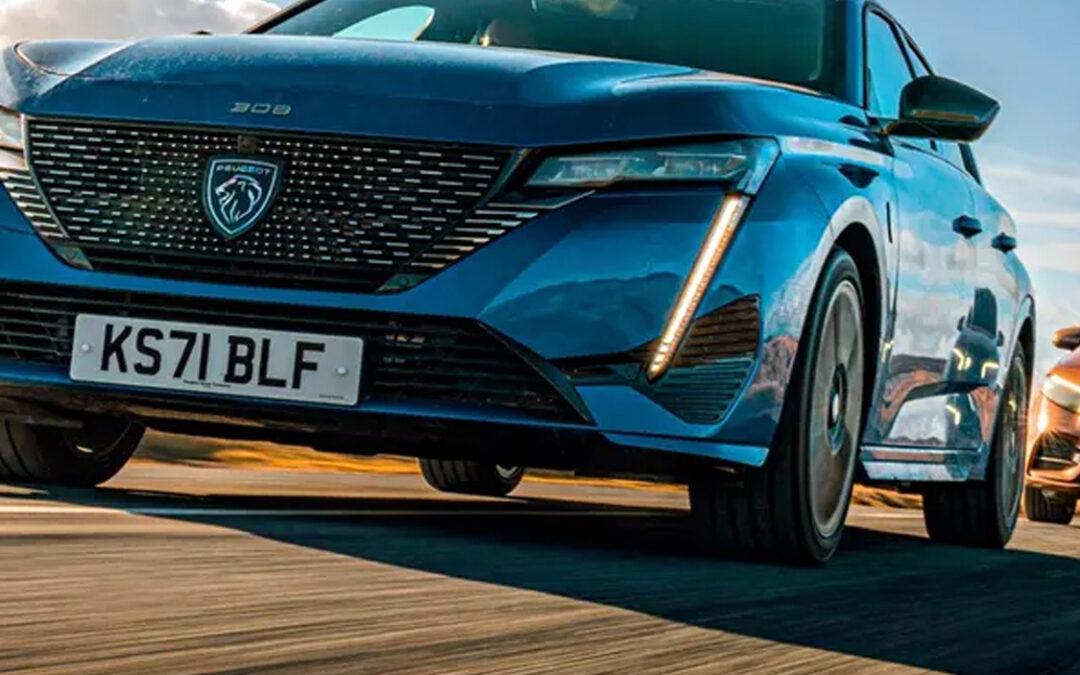Best hybrid cars 2025: our fully updated list
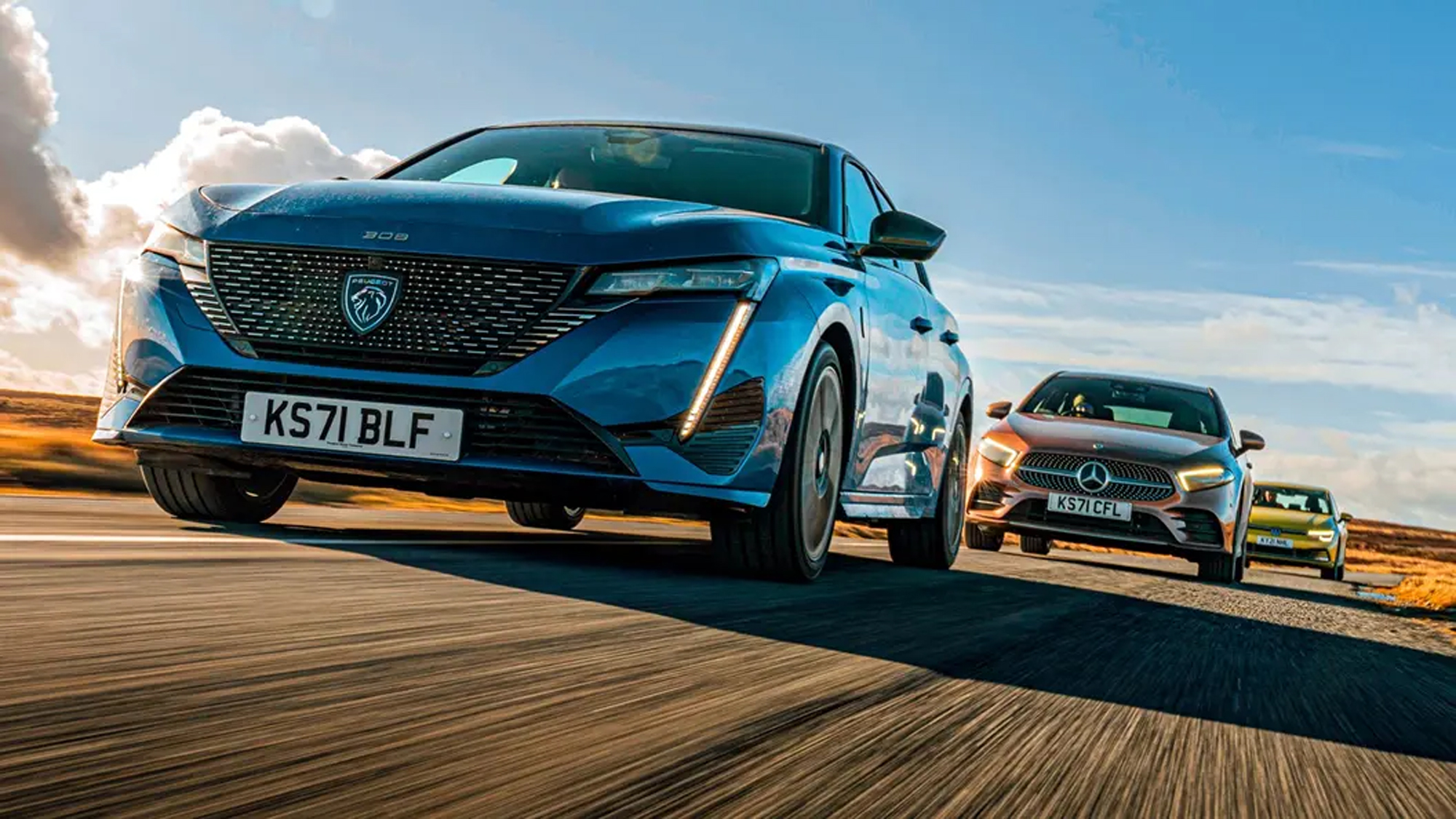
Electric cars may well be the future, but hybrid cars are working for most of us in the meantime. In 2024, a survey by the AA found that drivers are four times as likely to choose a hybrid car over a full-electric one – and that numbers almost certainly gone up in 2025.
EV adoption isn’t accelerating as many car brands expected it would, so we’re now seeing a raft of new hybrids as they look to fill in the gap. Stepping stone to electric or best of both worlds – however you think of them, hybrids – and PHEVs (plug-in hybrid electric vehicles) especially are more popular than ever.
The result? Great news if you’re in the market for fast – but usually efficient – new car, and you’re not totally sure how feasible and electric car is for you right now. After all, public charging points aren’t a given for those out of major cities and home charging is a luxury.
Toyota Prius
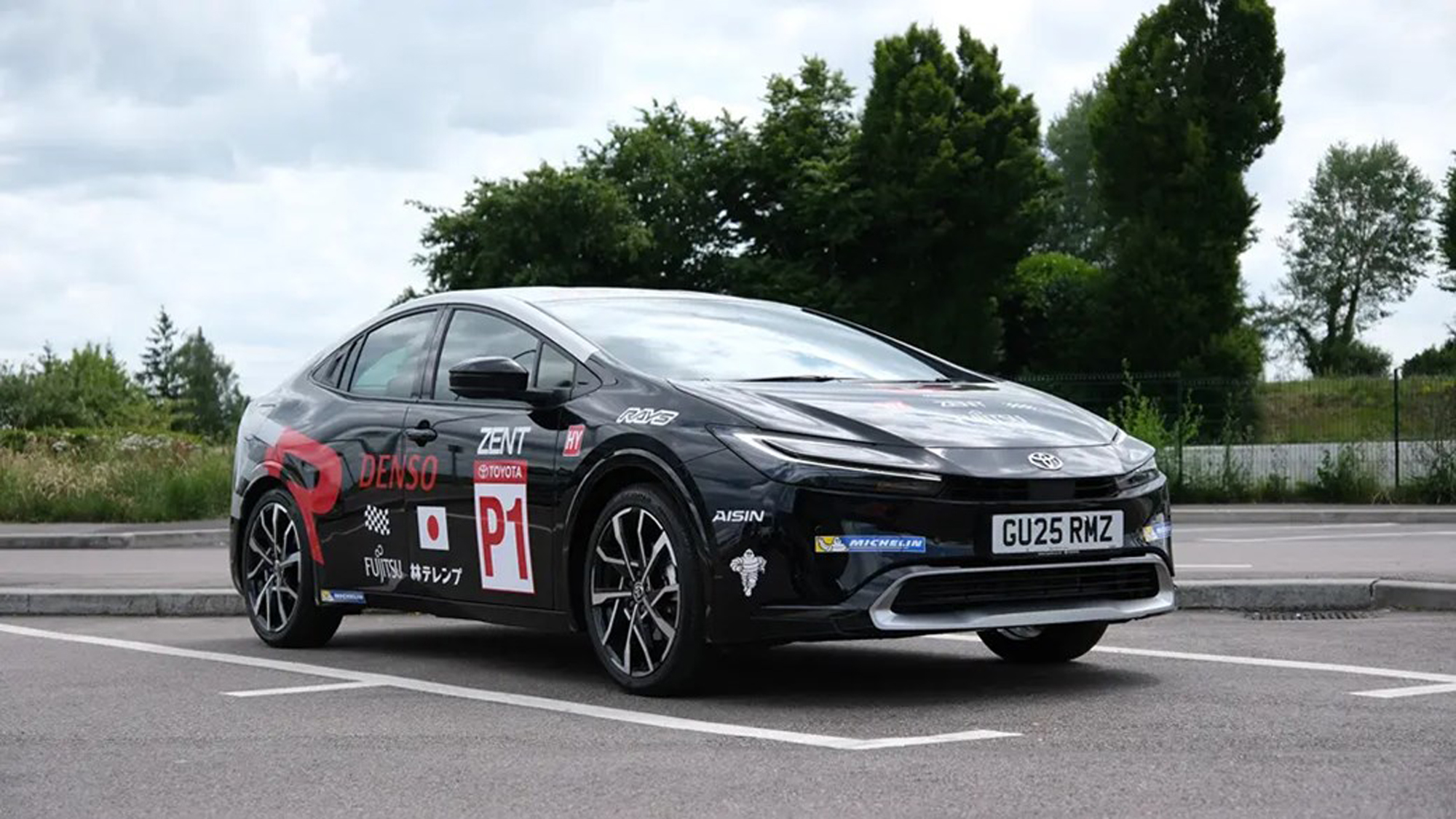
The original hybrid gets better and better
Pros: Effortlessly refined, smooth performance, excellent efficiency, future car styling
Cons: Interior lacks wow factor, small model range, punchy pricing
In many ways one of the ‘original’ hybrid cars, the Toyota Prius is still around in 2025 – and it’s easily one of the best. The fifth-generation hybrid is plug-in only and quite different to the model that started it all, though. It now slots into a more premium sector than before, with the Corolla doing the volume for Toyota instead. That pivot meant this new version nearly didn’t make it to the UK, but a U-turn from the UK suits means it has – and that’s a very good thing.
We’ve spent a lot of time in the current Prius – even driving it to Le Mans from London – and we found it was even better than before. It’ll still do the super-thrifty headlines (564.9mpg) but the interior feels like a nicer place to be than before. And it’ll do 0-62mph in a respectable 6.8 seconds.
Throw in some significantly improved looks and the Prius is one of the best all-round cars you can get – let alone hybrids.
We’ve spent a lot of time in the current Prius – even driving it to Le Mans from London – and we found it was even better than before. It’ll still do the super-thrifty headlines (564.9mpg) but the interior feels like a nicer place to be than before. And it’ll do 0-62mph in a respectable 6.8 seconds.
Throw in some significantly improved looks and the Prius is one of the best all-round cars you can get – let alone hybrids.
Renault Clio E-Tech
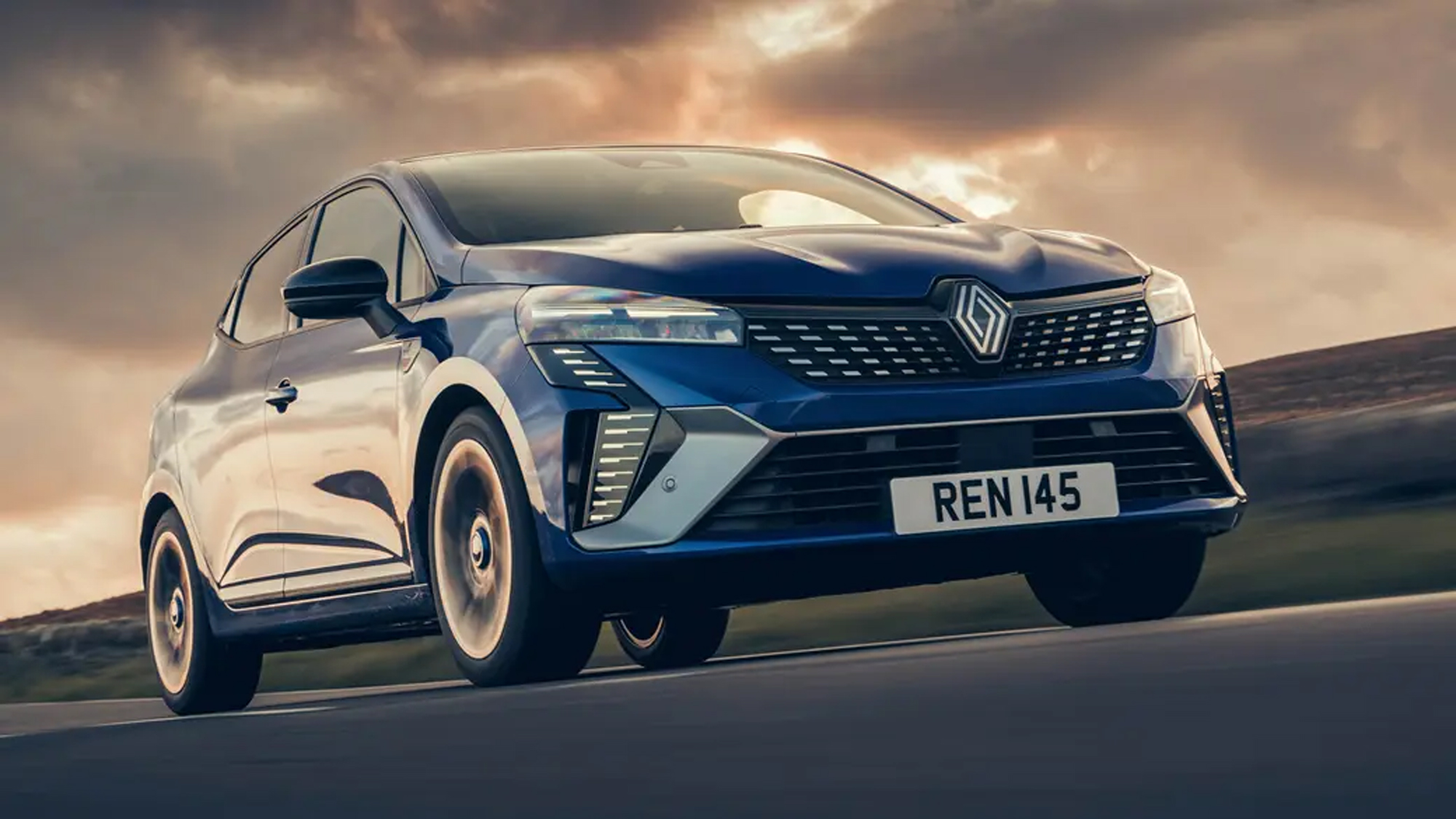
Best hybrid small car – great for razzing it to shops, efficiently
Pros: sharp steering, plush interior, 60mpg in the real world
Cons: can be clunky, non-hybrid even more fun
Updated in 2023 with revised styling and an even nicer interior, the Renault Clio successfully brings a bit of big-car posh to the small hybrid market. It’s a self-charging hybrid that claims to use F1-derived tech, but whatever the truth of that the headlines are 143bhp and a good dose of low-down torque – much meatier than the 106lb ft peak and 9.3sec 0-62mph time would suggest.
We’ve found the combined 1.6-litre petrol and electric motor can deliver 60mpg in real-world driving – impressively close to the official 67.2mpg WLTP economy claim. What’s more, it’s comfortable yet sharp to drive, with a pliancy that makes it a fine partner for UK roads. There’s plenty of passenger room, too, albeit at the expense of the relatively small boot.
Honda Civic
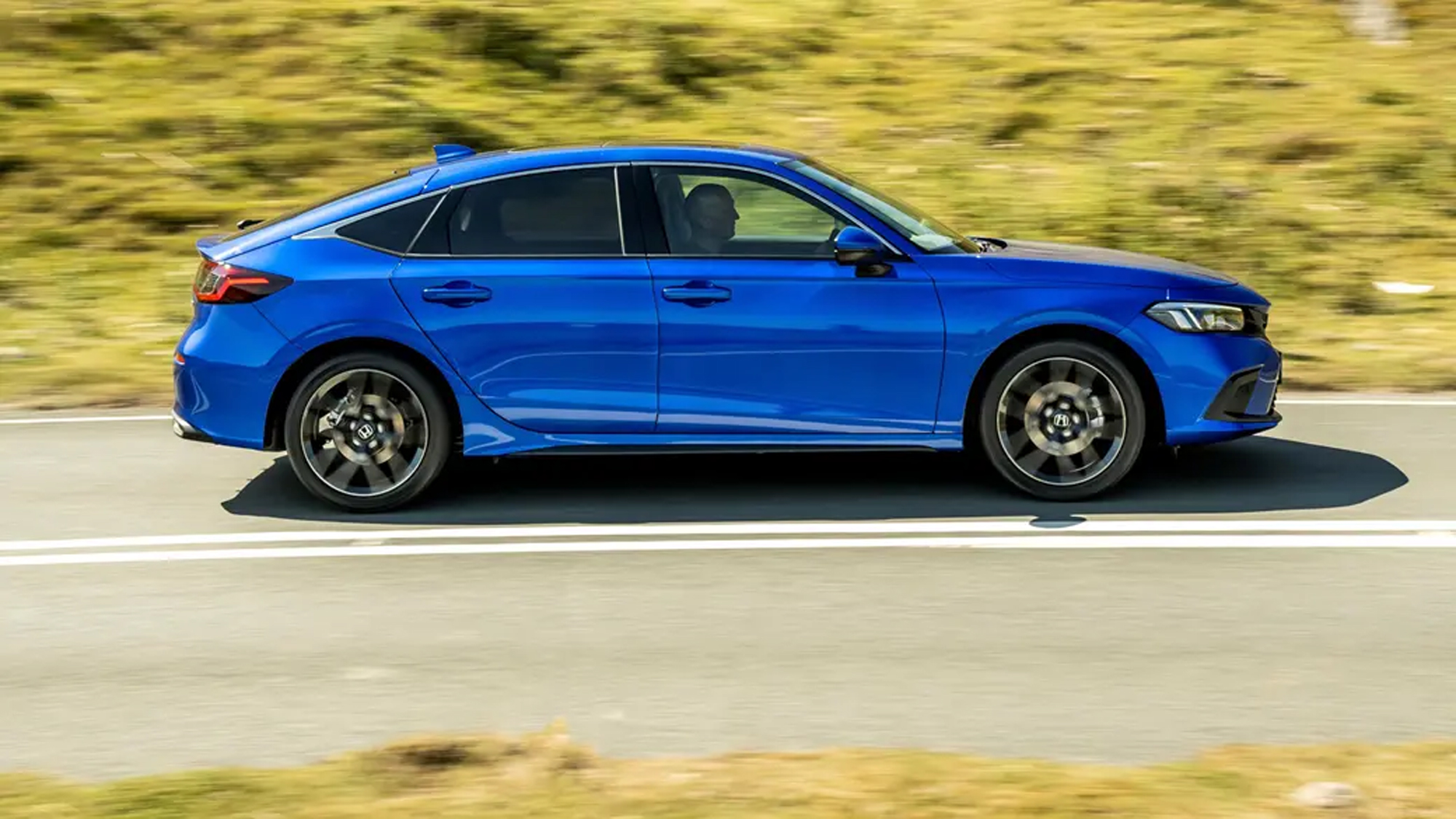
Best hybrid hatchback – high-tech, practical and fun
Pros: very slick hybrid system, spacious inside, sensible interior design
Cons: doesn’t actually come with a free bus pass
It felt like a bold move when Honda introduced the 11th generation Civic in 2021 and the only engine on offer was the e:HEV self-charging hybrid. And yet here we are in 2025, with diesel nearly dead and the 100 per cent electric revolution looking rather jaded already. Coming from a firm famous for its fizzy, high-revving powerplants, the e:HEV – which uses the e-motor to drive the wheels as much as possible – also seemed like a bit of a departure.
But on the road, this is a system that works really well. Smooth, powerful, quiet, it suits the assured handling and composure of the Civic very nicely, making this car a great companion on longer journeys at higher speeds as well as around town where its efficiency is most optimised. Not only have we seen over 50mpg in real-world testing, you’ll be getting a practical and fun to drive car as well.
Volkswagen Golf eHybrid
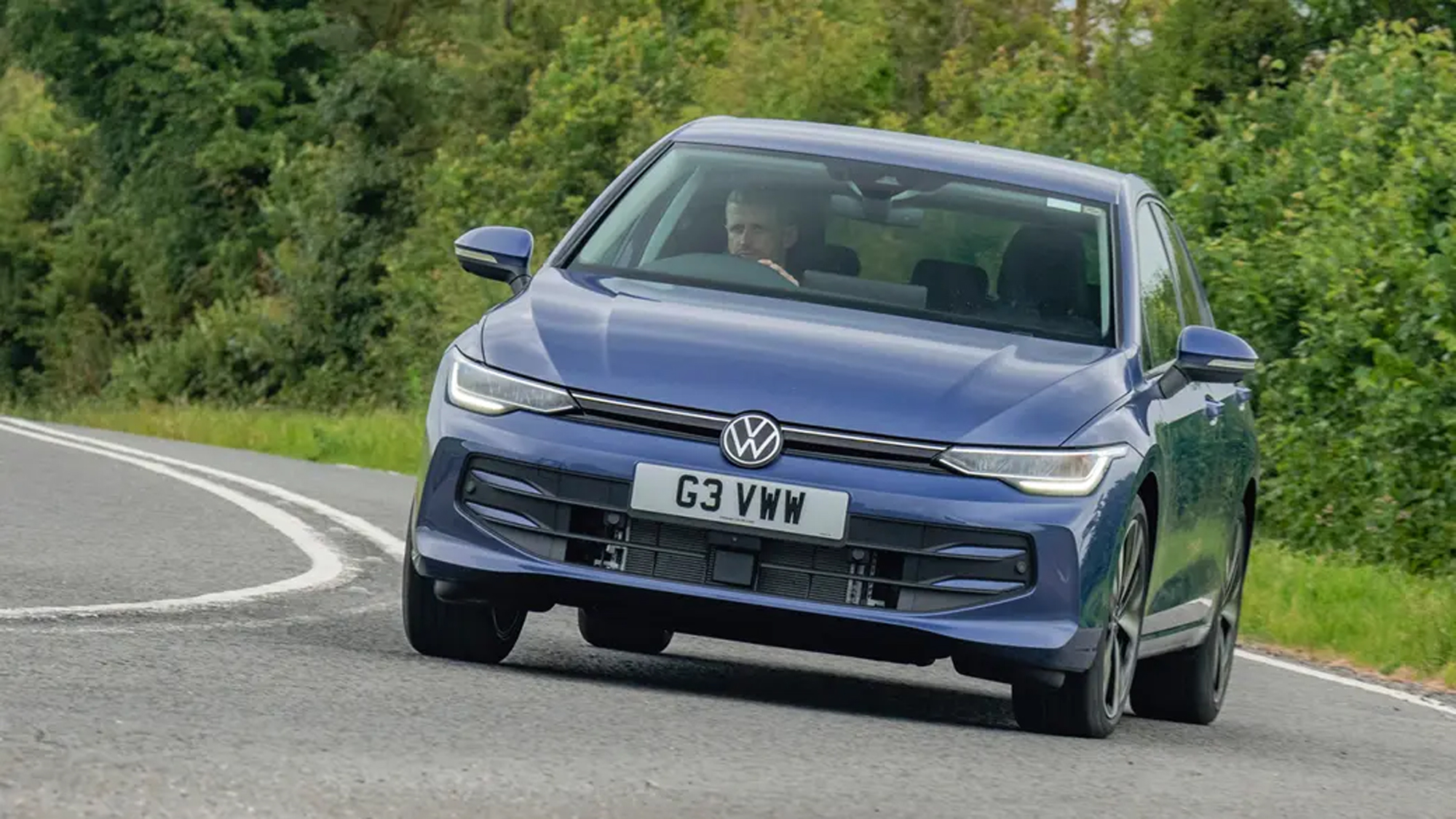
Best plug-in hybrid hatchback – smooth and comfortable
Pros: lengthy electric-only driving range, comfortable and very unruffled
Cons: could be faster – and will be once the GTE comes along
VW’s infotainment problems have been widely publicised, and the first thing to know about this eHybrid Golf is this area is much improved. And if you think that’s minor point, you’ve clearly not interacted with the previous system – where interacting is a synonym for wanting to rip it out of the dashboard and run it over. Twice. We digress. Back to the merits of this plug-in hybrid electric vehicle (PHEV).
We’ve picked the Golf as a top choice here because it is a comfortable, easy going driving companion that we’ve found capable of 72 miles of electric-only driving in real world testing. That’s slightly less than the 88-mile official figure, but so long the eHybrid will effectively function like a 100 per cent electric car for a lot of daily journeys – yet with the back-up of the TSI turbo petrol for longer trips. A proper return to form for VW.
BMW 330e
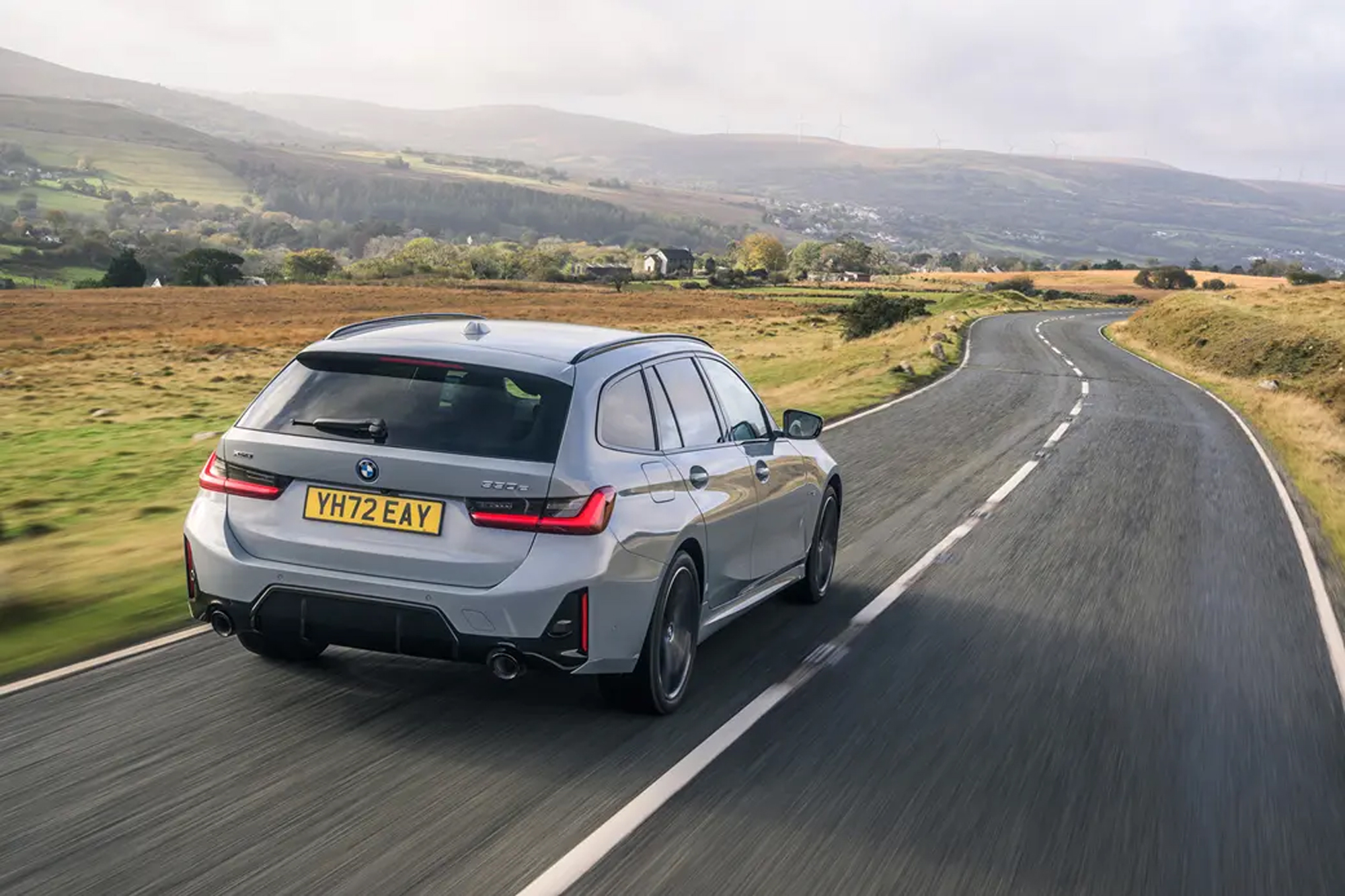
Best hybrid family car – get the Tourer for a ride that really does do it all
Pros: better to drive than any rival, crushingly efficient yet powerful, cheap BIK
Cons: a bit blunter than non-hybrid 3ers, the inevitable waiting list
What is there to say about the BMW 330e that hasn’t been already said? In terms of nails, hammers and hitting heads, there can have hardly been many greater examples of optimisation for the market in the history of the car. This thing looks good, handles its 289bhp well, does great mpg and is cheap to tax as a company car. In fact, the biggest problem you’ll have if you pick one is remembering where you parked it among the sea of identical examples outside work.
If you notice other motorists slowing down as they pass, it’s not to get a closer look – they’ll have seen hundreds on the journey already – it’s because they think you’re unmarked police. Still, from behind the wheel you’ll enjoy the comfortable, premium interior, as well as the PHEV system’s XtraBoost button and the fuel gauge that doesn’t move. The Touring is the ultimate family flex, too, even if rivals offer bigger boots. A very correct choice.
Mercedes-Benz E300de
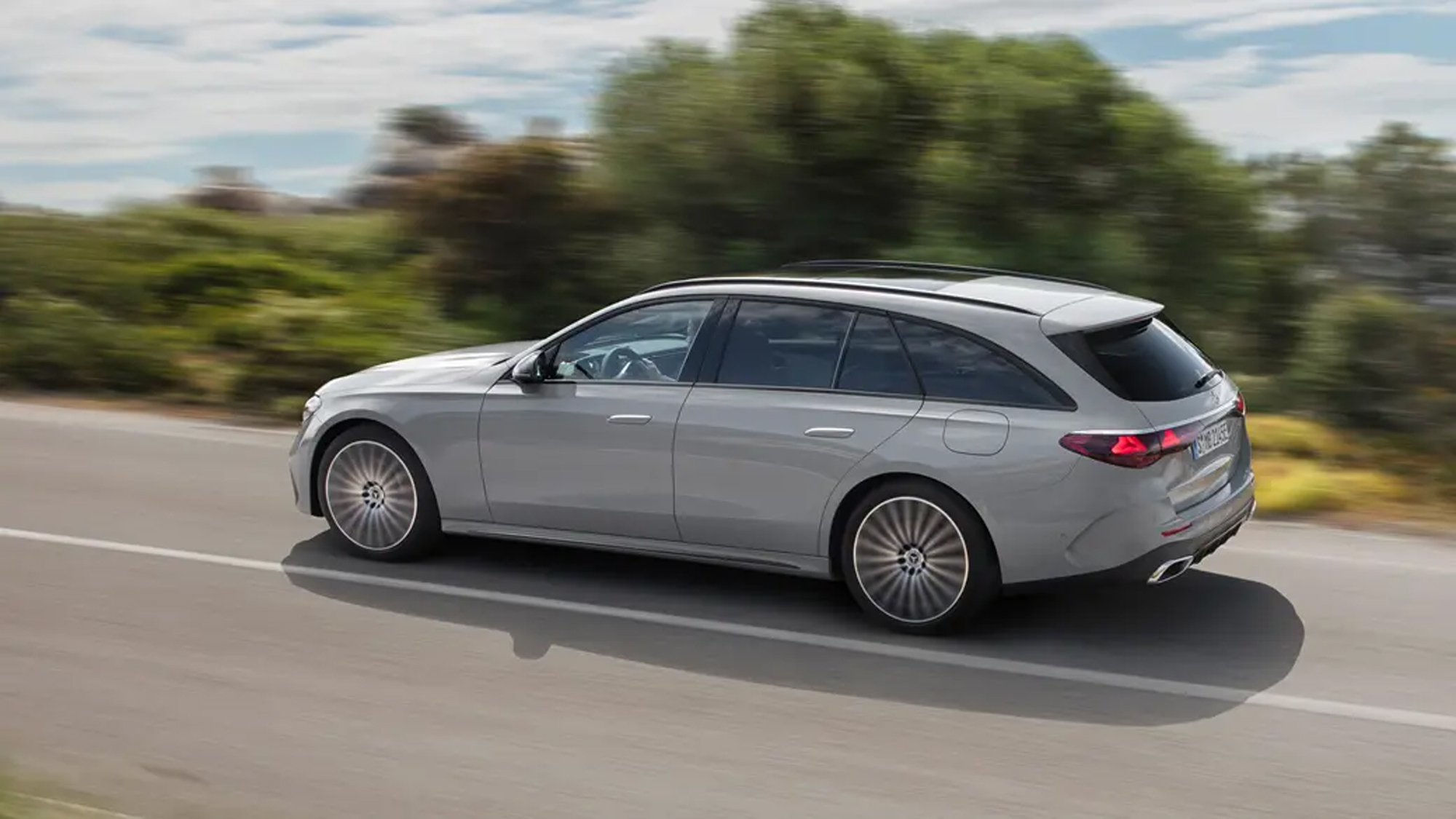
Best large hybrid – sleek looks, lots of tech, ridiculous mpg
Pros: available as a diesel, available as an estate, awesome inside
Cons: not as dynamic as the 5-series, pricey Panamera beats it for comfort
It was tempting to go with another BMW here, but despite misgivings about the latest E-Class on early encounters – the ride on non-hybrid models was dreadful at launch in the UK – recent sessions with an estate have really won us over. This is a sublime looking large exec with an interior that, unlike other recent electrified Mercs, just about manages to steer clear of seeming like a Tokyo brothel at night, instead delivering an unignorable hit of high-tech modernity that drivers and passengers alike will adore.
You don’t have to have to the diesel PHEV; Mercedes sells a whole range of engines, including plug-in petrols. But if you do go for this 2.0-litre derv burner you’ll get great long-distance fuel economy even when the battery has run out. With it full there’s up to 70 miles of WLTP electric range, plus a stonking 516lb ft to go with the 309bhp. The battery does eat into the boot space a bit, but that’s just another excuse to buy the load lugger.
BMW 7-series
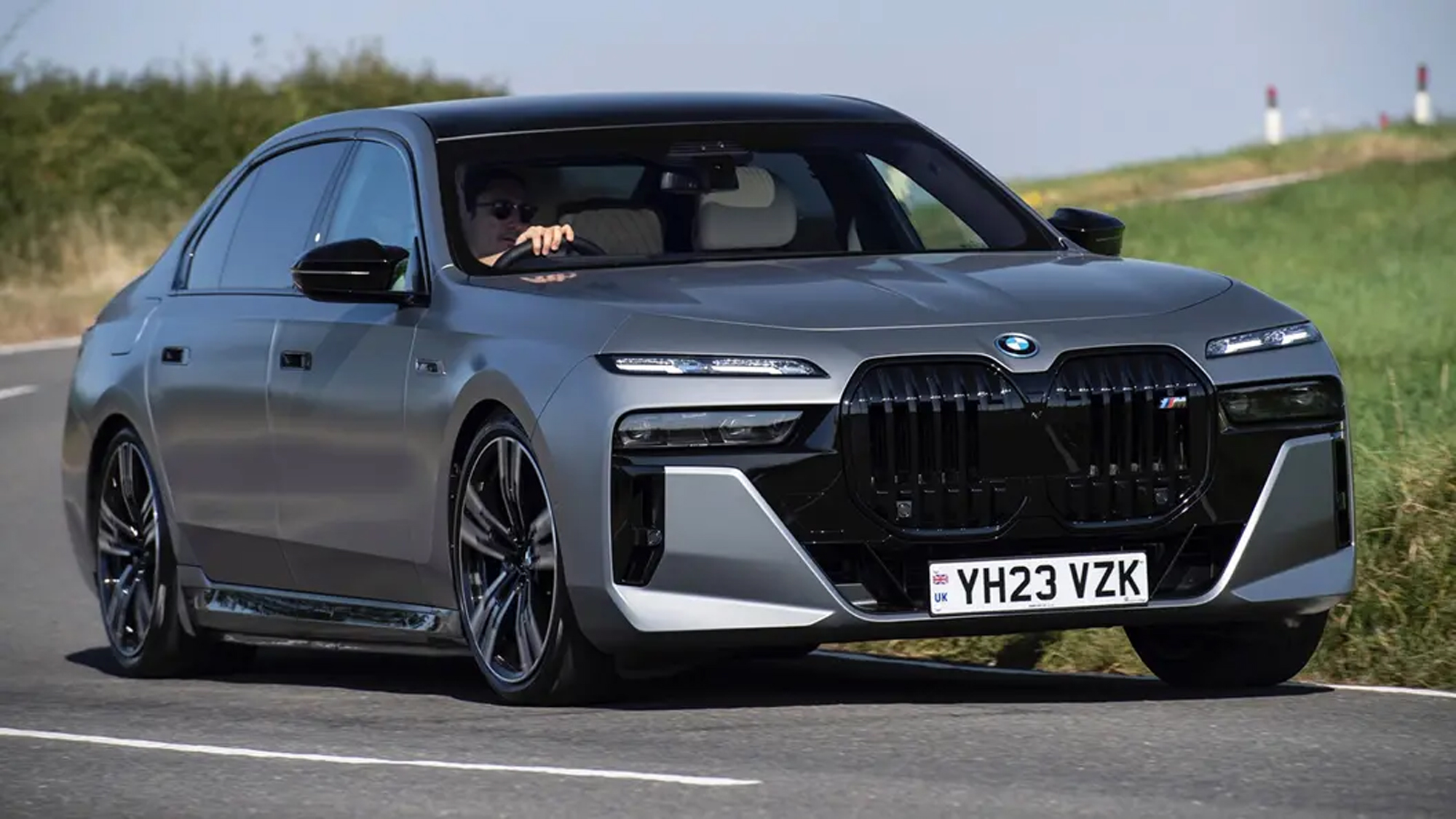
Best hybrid land yacht – if you want luxury and plug-in hybrid flexibility, start here
Pros: alluring balance between dynamics and luxury, funky options, top quality
Cons: exterior appears to be assembled from several different cars, e-range could be longer
One of the best things about being inside the latest BMW 7-series is that you can’t see the outside. ‘Challenging’ is probably the most diplomatic word for it. But from the cabin, you won’t care – for this is one fancy luxury range-topper, packed with crystalline control surfaces, superb finishing and, if you want it, a 31.3-inch cinema screen for rear-seat passengers. It’s got proper wow factor.
The 750e and M760e plug-in hybrids usefully straddle the line between the conventional combustion-engine models and the – very impressive – i7 electric car. You get a claimed 50-55 miles of electric range (think 40 a good result in real life), xDrive all-wheel drive and 483bhp or 563bhp to play with in total. It’s a big car but it’s well-balanced and as good to drive as it is relaxing to ride in.
BMW X5 xDrive50e
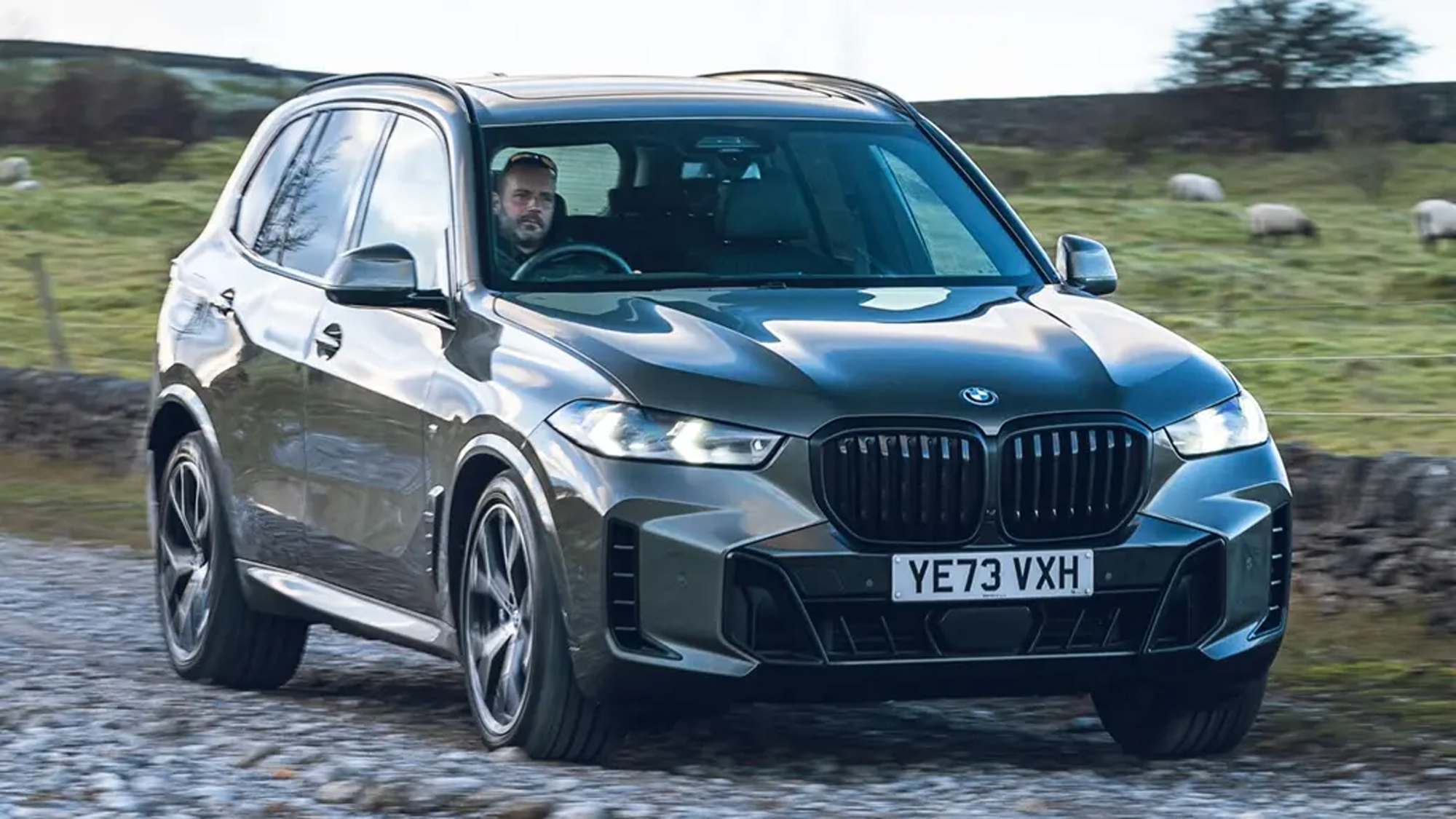
Best premium hybrid SUV – you won’t believe the economy, and so forth
Pros: 50-mile real-world electric range, 35mpg without too much effort, best big SUV for all-round ability
Cons: saving the planet through brute technology, Cayenne goes even harder
The previous X5 plug-in hybrid was already impressive. Now as part of a midlife update, the xDrive45e has morphed into the xDrive50e, and in the process gained a useful bump in all-electric driving capability as well as a visual makeover. In out real-world testing we got 49 miles out of the battery pack before the 3.0-litre petrol engine kicked in – and that was in winter. On a fine summer’s day we’d expect to get even closer to the WLTP claimed 66-mile range.
We were also rather taken with the combined fuel economy, which saw us averaging nearly 35mpg – not at all bad in a bus this big and blunt looking. It’s fast, too, with 0-62mph taking just 4.8sec and 87mph achievable under electric power alone. While not quite as incisive to drive as the Cayenne referenced below, nor as compliant as the equivalent Range Rover, the X5 gets close enough to both assets to be a better all-rounder. Hence it won the CAR Giant Test.
Porsche 911 GTS T-Hybrid
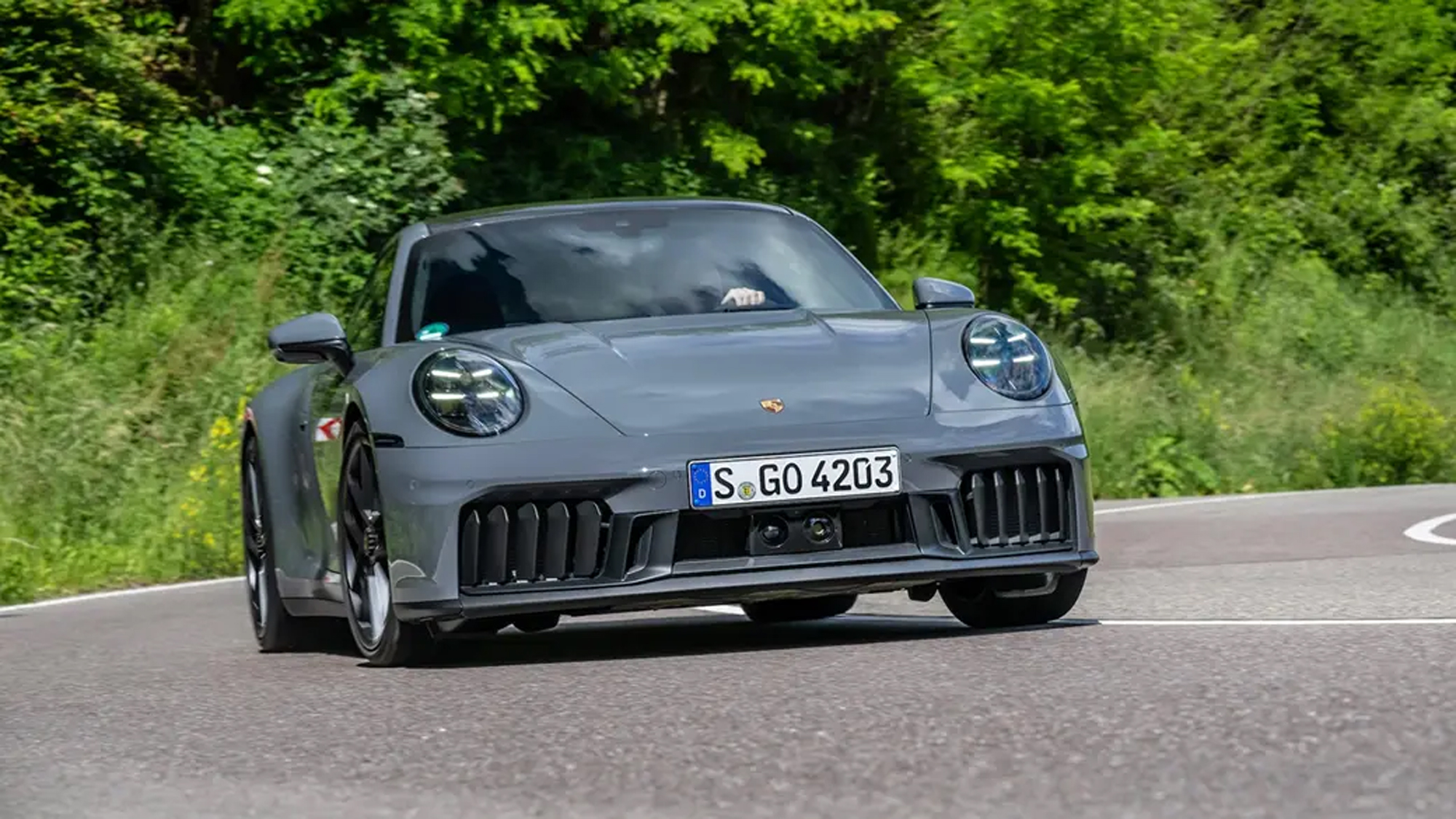
Best hybrid sportscar – yes, Sherlock, adding an electric turbo to a 911 makes it even better…
Pros: faster, more efficient, more authentic – a true advance for the 911
Cons: doesn’t exactly turn it into a fuel sipper
While the new Turbo-Hybrid technology at the heart of this latest 911 GTS won’t give you zero emissions capability, nor even get you over 30mpg WLTP, it does manage to make this hallowed sportscar even better to drive. By ditching one of the conventional turbos for an electric motor and adding a second between the engine and the gearbox, our Ben Barry reckons Porsche has given the 992.1 far more of a ‘naturally aspirated feel’.
So much so, in fact, that he’s questioning how the next GT3 will be able to top it. There’s not even a huge weight penalty, as the whole hybrid system weighs a relatively scant 40kg – in exchange for which you get 543bhp and 450lb ft, all with that classic 911 character intact. This is cake, eating it, then having ice cream
Ferrari 296
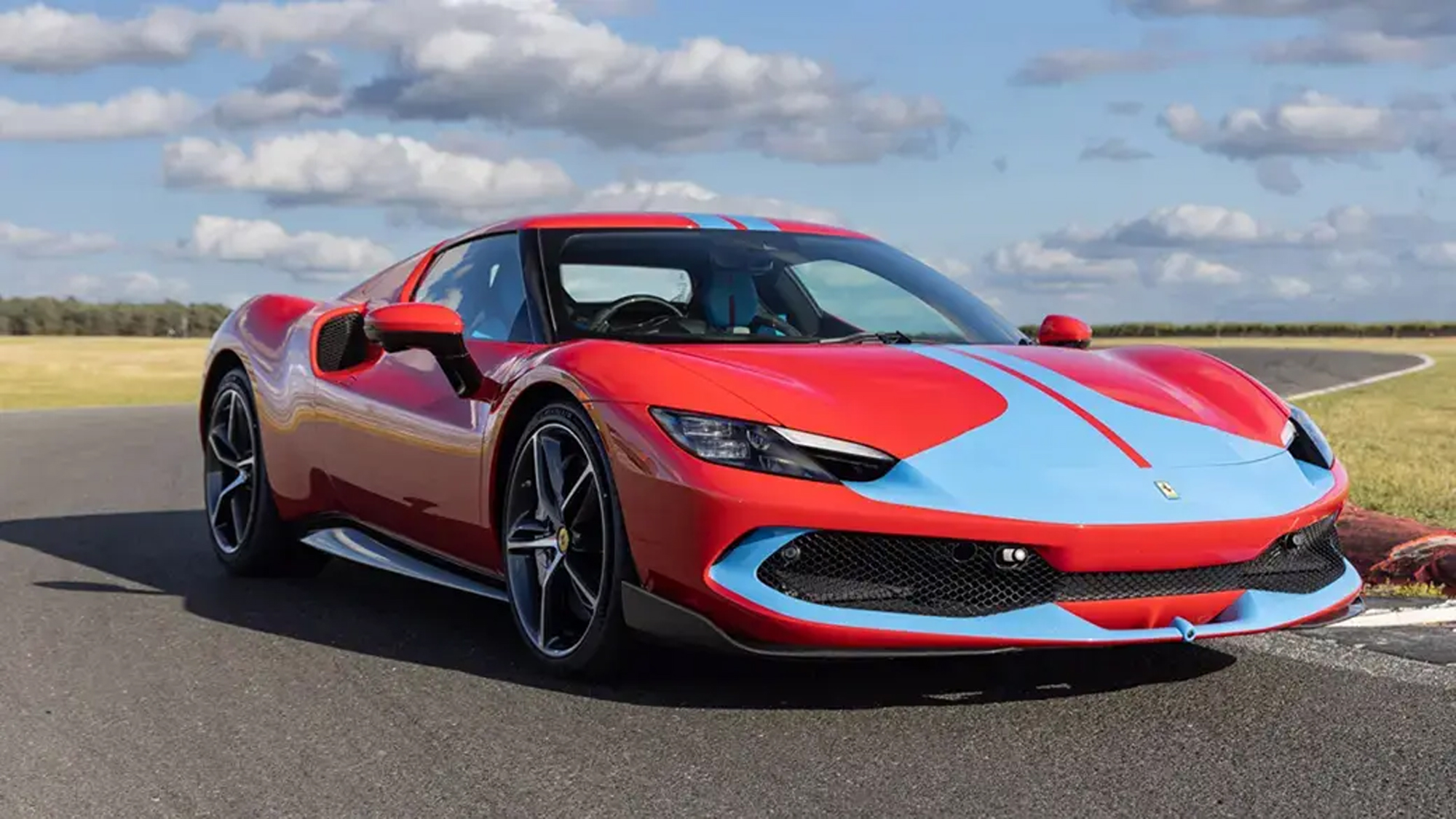
Best hybrid supercar – but what’s more you now have a choice
Pros: still brilliant to drive, hybrid power means 819bhp, coupe or convertible
Cons: we can’t help missing the V8…
See, we weren’t kidding about the supercars. There are a few to choose from now, in fact, not to mention a few new and used hypercars in the upper stratosphere. But keeping it relatively sane, if you’re a supercar buyer who wants to show a caring side, we’d recommend the majestic, magical Ferrari 296, which comes in GTB coupe or GTS convertible guises and proves that a modern prance horse no longer needs a minimum of eight cylinders.
The electric motor-assisted 3.0-litre V6 behind the passenger compartment makes 819bhp. Enough to get the 296 0-62mph in 2.9sec and on to a top speed of 205mph. More to the point, it is simply sensational to drive. And, yes, it’ll even creep around town silently using the battery (for a short distance, at least).

